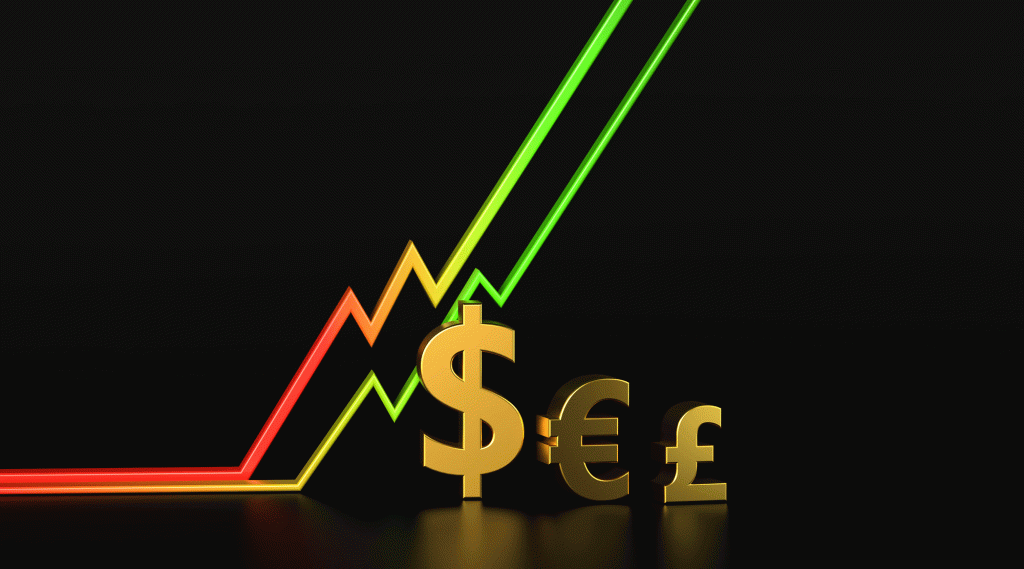Goldman Sachs is the latest Wall Street firm to grow more concerned about the path forward for the US economy as President Trump’s tariff policies become reality.
In a research note on Monday, Goldman’s economics team led by Jan Hatzius slashed its 2025 GDP forecast to 1.7% from 2.4%.
“The reason for the downgrade is that our trade policy assumptions have become considerably more adverse,” Hatzius wrote.
In its note, Goldman also boosted its projection for the Fed’s preferred inflation gauge to end the year at 3%, up from a prior call in the mid 2% range.
Hatzius noted these updates mark the first time in about two and a half years that his team has projected GDP growth below Bloomberg consensus data, which currently calls for GDP growth north of 2% this year.
Goldman is the latest in a slew of forecasting teams that now see a more dire outlook for the US economy.
In a note to clients on Friday, Morgan Stanley chief US economist Michael Gapen moved his 2025 growth forecast down to 1.5% from 1.9% previously.
Gapen also sees the Fed’s preferred inflation gauge — the “core” Personal Consumption Expenditures index — ending the year higher, projecting core PCE to end 2025 at 2.7%, up from a previous projection of 2.5%.
3 tariff impacts
In its note on Monday, Goldman’s team said it now sees the average US tariff rate rising by 10 percentage points this year, twice their previous forecast and five times the level seen during Trump’s first administration.
Tariffs weigh on the overall economic outlook through three key levers, Hatzius wrote.
First, the new duties are expected to push up consumer prices and, therefore, cut real income for consumers. Second, they usually come alongside tighter financial conditions. And third, the uncertainty surrounding the tariff implementation will likely prompt businesses to “delay investment.”
Hatzius believes the combination of slower growth and sticky inflation can still leave room for the Federal Reserve to cut interest rates twice this year in June and December.
But for now, Trump’s policy uncertainty likely keeps the central bank holding rates steady.
“Our near-term view is that the FOMC [Federal Open Market Committee] will want to stay on the sidelines and make as little news as possible until the policy outlook has become clearer,” Hatzius said.
And while still not the base case, discussions of recession have also picked up from various sources.
Former PIMCO CEO Mohamed El-Erian said he now sees a 25% to 30% chance the US economy enters recession this year, up from a 10% chance seen before the Trump tariff bonanza began.



